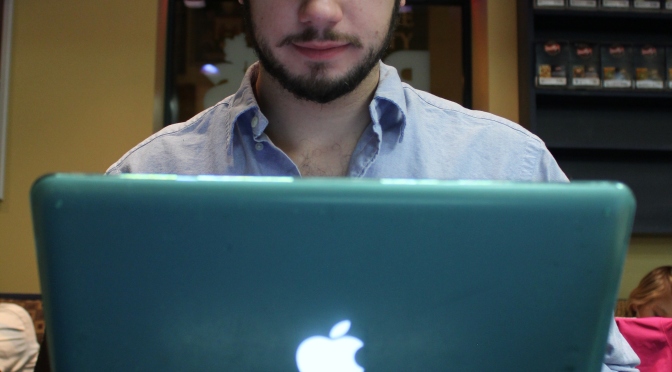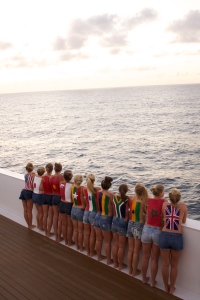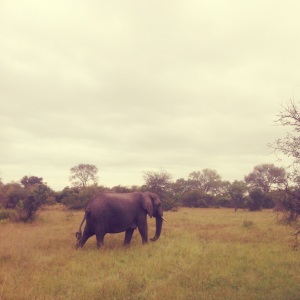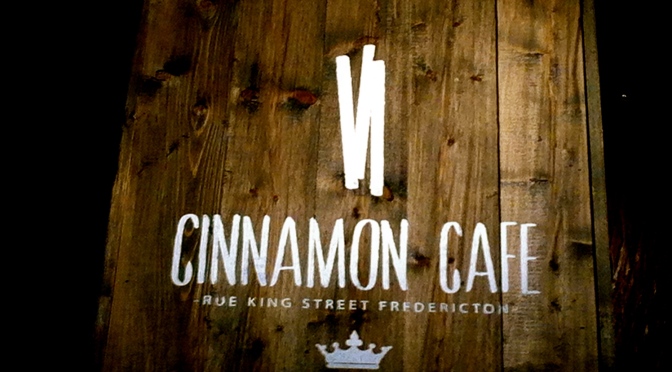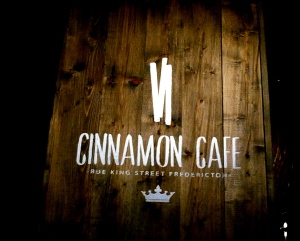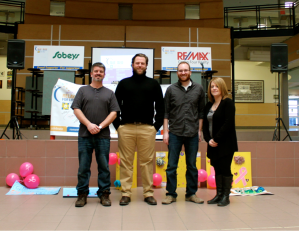
The Fredericton Police Force has a new four-legged recruit, and he’s sniffing out crime around the city.
Endzo is the newest member of the force’s K-9 Unit. The two-year-old purebred dark sable German Shepherd was born at the RCMP Police Service Dog Training Center in Innisfail, AB. He is trained to track people, detect drugs, find guns and spent shell casings. He can also track down anything with a human scent.
Endzo’s partner, Cst. Allie Yerxa, said he hasn’t been with the force very long, but he’s already seen a lot of action.
“He has been extremely busy,” Yerxa said. “There haven’t been a lot of nights when we haven’t been called out.”
Yerxa and Endzo are on call at all times, so they have to be ready to go at a moment’s notice.
Since he came to Fredericton, Endzo has successfully tracked two elderly people who went missing from their homes. He has also sniffed out guns and drugs in the city.
The German Shepherd got his name at the RCMP training center in Alberta. At their kennel, the pups are named after a letter from the alphabet depending on their year of birth. The letter ‘E’ was used to name all of the seven pups in Endzo’s litter.
Cst. Yerxa says Endzo is very obedient like most police dogs, but like humans, each dog has their own personality.
“We look at him like a big goofball,” she said. “He’s long-legged and gangly – but he’s really good at his job and he likes to work.”

Even when he’s not technically on the job, Endzo is always working. Yerxa noticed this specifically when she was walking Endzo the other day. He was walking ahead of Yerxa when he suddenly laid down. When his handler got in front of him, she saw he had a quarter underneath his snout.
“The quarter wasn’t frozen, so somebody must have just dropped it,” Yerxa said.
Endzo weighs 82 pounds, but German Shepherds grow until they’re about two and a half years old. Yerxa thinks he will finish growing over the next year.
K-9 units are an important aspect of the police force. Dogs are able to notice things humans can’t. Yerxa says that Endzo can pick up a human scent on something as small as a dime. Certain situations like a missing person require Endzo’s exceptional snout.
“Our nose does not have the same capability that his does,” Yerxa said.
Endzo has been getting a lot of experience around town. But according to his partner, he doesn’t mind being so busy. Yerxa says that Endzo isn’t rolling over for crime. The dynamic duo is doing their best to keep Fredericton safe – and Endzo is doing his best to put criminals in the doghouse.
“It’s incredible what those dogs can do,” Yerxa said. “Endzo and I aim to train above the regular standards so we can help out the citizens of Fredericton and make it a safer place.”

